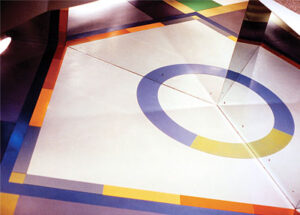 First, a note on the accompanying pictures of constructions by two distinguished woman artists, Mary Martin and Gillian Wise. Sadly Gillian succumbed to C19 in April this year. Mary Martin belonged to the previous generation. Gillian’s public artwork at the Barbican, on the staircase down to the cinema, may be familiar from OU London degree ceremonies – rescued some years ago during a building refit.
First, a note on the accompanying pictures of constructions by two distinguished woman artists, Mary Martin and Gillian Wise. Sadly Gillian succumbed to C19 in April this year. Mary Martin belonged to the previous generation. Gillian’s public artwork at the Barbican, on the staircase down to the cinema, may be familiar from OU London degree ceremonies – rescued some years ago during a building refit.
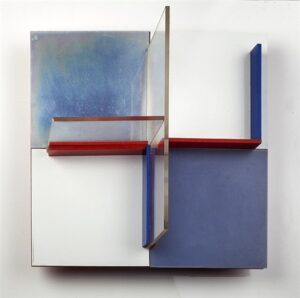
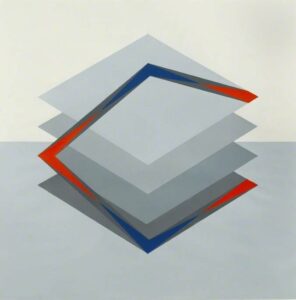 Shifting the curriculum of design in higher education from specific domain knowledge towards shared principles is a special prize. Studying the activities, practices and languages of design across domains, distilling common practice and analysing difference, offers students a strong foundation to progress to domain specific knowledge and skills. Domains and disciplines are not where students start but where they finish; an ideal consistent with the ‘comprehensive’ university championed by OU VC Tim Blackman (The Comprehensive University: An Alternative to Social Stratification by Academic Selection July 2017, HEPI ). This pattern for design education responds to the political and professional challenges of the next twenty years with an economically sustainable curriculum. It is unlikely that design education can continue to be economically viable while continuing to specialise domain by domain. One route out of this dilemma is through a body of knowledge across domains which forms a shared design curriculum. Specialised knowledge then emphasises the differences and uniqueness of individual domains.
Shifting the curriculum of design in higher education from specific domain knowledge towards shared principles is a special prize. Studying the activities, practices and languages of design across domains, distilling common practice and analysing difference, offers students a strong foundation to progress to domain specific knowledge and skills. Domains and disciplines are not where students start but where they finish; an ideal consistent with the ‘comprehensive’ university championed by OU VC Tim Blackman (The Comprehensive University: An Alternative to Social Stratification by Academic Selection July 2017, HEPI ). This pattern for design education responds to the political and professional challenges of the next twenty years with an economically sustainable curriculum. It is unlikely that design education can continue to be economically viable while continuing to specialise domain by domain. One route out of this dilemma is through a body of knowledge across domains which forms a shared design curriculum. Specialised knowledge then emphasises the differences and uniqueness of individual domains.
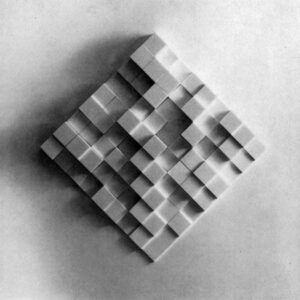
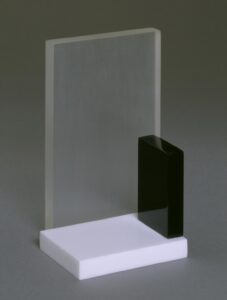 Design combines technical and creative thinking. In the various domains of design practice, from architecture to fashion, from engineering to jewellery or web design, weaving together creative and technical knowledge in articulating problems and crafting potential solutions is a core challenge for professional practice. Each domain connects the creative and the technical in different ways. Domain specific education although supporting practice neither exploits commonalities across domains, nor facilitates the transfer of best practice between domains, while taking full account of differences.
Design combines technical and creative thinking. In the various domains of design practice, from architecture to fashion, from engineering to jewellery or web design, weaving together creative and technical knowledge in articulating problems and crafting potential solutions is a core challenge for professional practice. Each domain connects the creative and the technical in different ways. Domain specific education although supporting practice neither exploits commonalities across domains, nor facilitates the transfer of best practice between domains, while taking full account of differences.
Incorporating the interplay between creative and technical thinking to drive curriculum is more than a step change in design education, it represents a transformation in how a university develops curriculum. In this transformation, students are supported by a learning and teaching environment which allows each to discover how technical analysis and creative synthesis can be woven together in their paths to practice. The on-line ‘studio’ is pivotal, both for access to technical models and experiments as well as creative expression through project based learning. For fifty years, courses from Design and Innovation at the Open University have emphasised generic design principles spanning the creative and the technical as well as pioneering on-line ‘studios’ for distance learning and teaching. It is now leading developments in new design curriculum which respond to changing social and economic realities.

Leave a Reply